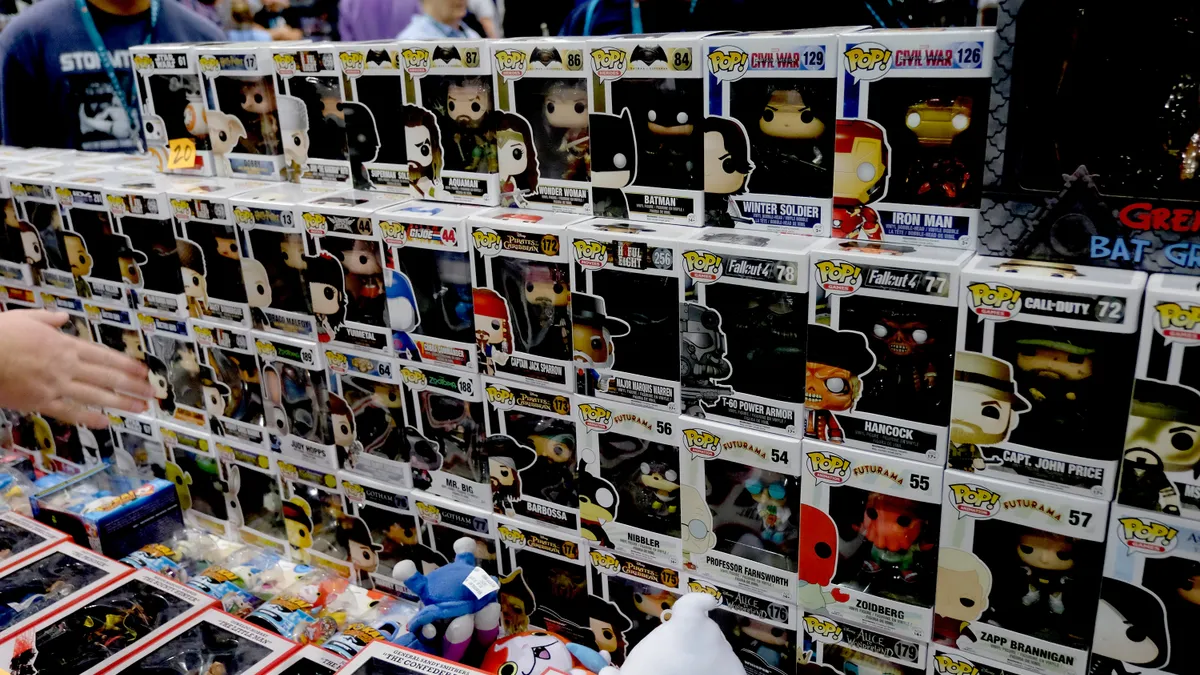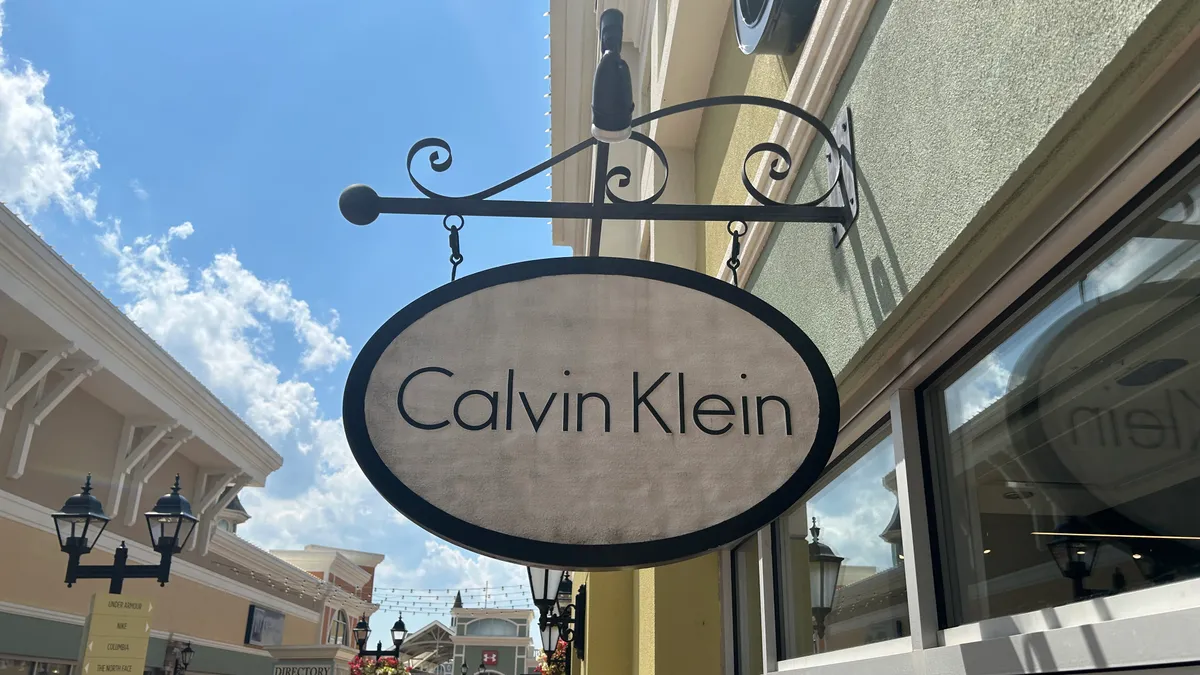Coca-Cola is accustomed to short-term, seasonal spikes and dips in demand. But Rob Haddock, group director of planning and logistics for Coca-Cola North America, has been working through 16 weeks and counting of "totally imbalanced networks," he said.
When the pandemic hit, demand for Coca-Cola products in grocery stores boomed. At the same time, demand related to consumption outside the home — particularly in sit-down dining — experienced a "total turn off," Haddock said during the Council of Supply Chain Management Professionals Edge 2020 conference Monday.
Many of the company's dedicated resources are tied to its manufacturing operations that feed distribution channels for products headed to restaurants. "So, overnight we lost a huge amount of volume, and we had stranded capacity that we were struggling with ... for the first couple of weeks," Haddock said.
Other fleets with dedicated capacity for an industry that the pandemic cratered, such as automotive, parked trucks. Coca-Cola was able to use 3PL and 4PL partnerships to keep trucks moving, Haddock said, and shared assets with other companies who had freights in the same markets. The company also allowed some trucks to take on over-the-road shipments and looked for backhauls its drivers could pick up, Haddock said.
But as the food service segment dropped, reefer demand increased 130% for Coca-Cola as home consumption picked up, according to Haddock. Making matters more complex, beverage maker's logistics for that segment are tied to protein supply chains. Reefers that moved protein would pick up Coca-Cola products for the backhaul. So, when meat-packing plants started shutting down some operations due to the coronavirus and trucks were no longer located where they usually are, it threw off the network.
Contracting through volatility
Market volatility has prompted Coca-Cola to adopt a mini-bid strategy as a supplement to the annual process. Mini bids allow shippers flexibility, if a carrier isn't meeting expectations on a particular lane, Haddock gave as an example.
"I think a lot of companies wish they had a more continuous procurement process," Chris Caplice, executive director at the Massachusetts Institute of Technology Center for Transportation & Logistics and chief scientist for DAT, said during the event. Shippers are still going through with the annual process that "everyone hates and it's a pain to do, but you need to have something in there," he said. "We're living in the time of volatility."
Will carriers agree now to move more loads when their shippers see a surge in demand? Caplice didn't think so, which brings into question whether one annual bid is sufficient.
"What we're finding out now ... is that carriers are very willing to manage what you awarded them. But surge capacity is really dried up," Haddock said.
The spot market, though, may not be the best alternative. Spot rates have swung in the other direction and are expected to stay elevated for months.
On the other hand, in aggregate, contract rates are staying steady, or even decreasing with YoY drops of 2-7%, Caplice said. And that's due to trucking firms sticking to their deals.
"Carriers are adhering to the letter of the law of the contract," Caplice said, adding that carriers will go "above and beyond" if they have to, to make sure they can carry all contracted loads.
Unpredictability is still evident in any freight procurement method. The number of coronavirus cases in any given area creates a "seesaw event," Haddock said. A spike in demand can occur just as suddenly as a dip.
For example, once a restaurant gets the green light from the state to host indoor dining, a distributor might tell Coca-Cola that it needs replenishment for its stores, as well as safety stock. "We had a pipeline refill event that happened within five days that we had to react to," Haddock said, which included finding enough trucks to make the deliveries.
When greenlights like that occur, the load boards see condensed timelines, Ken Adamo, chief of analytics for DAT, said during the event. DAT has been seeing more same-day or 18-hour pickups, which drives up rates.
Attempting to predict the market
Coca-Cola is far from the only company experiencing this. Seventy-two percent of participants in a recent DAT survey of the Freight Market Intelligence Consortium said the biggest issue they faced was volatility of volume on lanes, Caplice said.
While some lanes are peaking, others are seeing no activity. "And it's constantly changing," Caplice said.
Supply chains are using network design as a tactic revisited monthly or weekly to cope with those rapid changes, rather than the norm of reexamining design once every few years, Caplice said. And as shippers rationalize SKUs and adjust packaging and other product components, it changes the amount of trucks needed.
For this and other reasons, forecasting has been difficult since the economy began bending to the pandemic's will. But Coca-Cola's carriers asked the company to give its best guess about forthcoming volume levels.
The company began tracking the news as states reopened for business and that helped create what Haddock called a "straw-man forecast" it could give to carriers so everyone was on the same page. Eventually Coca-Cola integrated that information with its ERP systems. The company also has tools that turn sales forecasts into TL volume projections.
Together, Coca-Cola's tools allow the company to give trucking firms more information "that helps them do a little bit better planning, as they're trying to balance all of this chaos amongst others shippers," Haddock said.























